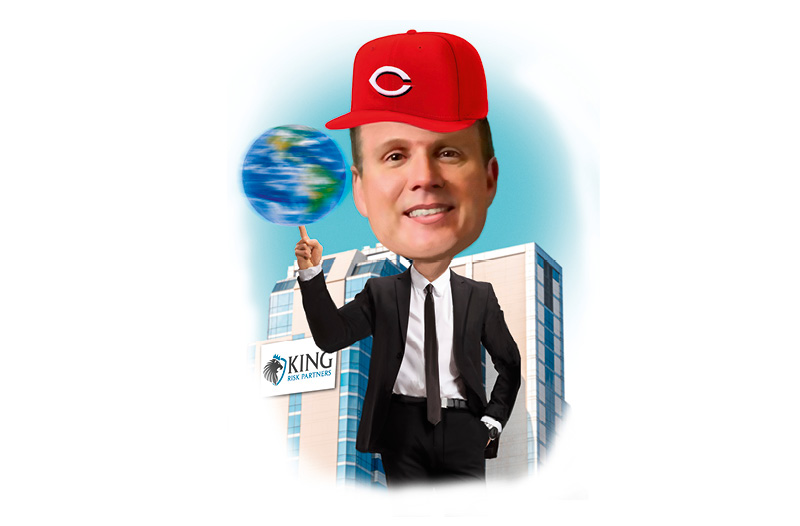
Get Linked In, Not Left Out

A lot of time, effort and money go into building brands for corporations and products. But we can also build our own personal brands using social media. A key tool for that is the professional networking site, LinkedIn.
LinkedIn takes the six-degrees-of-separation idea and puts it to practical use. The site creates networks of people you know as well as potential contacts with the people they know, and then the people those people know. That can add up very quickly.
Your immediate network may include scores or hundreds of colleagues, but that may easily jump to tens of thousands at two degrees of separation and several million at three degrees, which is a not-insignificant portion of the total LinkedIn membership of more than 120 million.
The first step in using LinkedIn is to build your online presence.
“It’s crucial today that you have your résumé billboard up there,” says John Challenger, chief executive officer of leading outplacement consulting firm Challenger, Gray & Christmas. “It allows people to find you based on the kinds of affiliations you have, the past companies you’ve worked for, the schools you went to, the kind of experience you have and the professional organizations you belong to.”
Recruiters today scour LinkedIn looking for candidates, Challenger says. What they are most interested in is your experience over the last five years, particularly your current or most recent position.
Besides posting your résumé, you can also ask colleagues to post recommendations. Recruiters consider the references, but they take into account that those recommendations were most likely solicited.
“They do look for references—people who speak well of you, but of course you’re going to go out and ask people to do it,” Challenger says.
Building your professional network isn’t just about recruiters, but about opening other avenues of career advancement.
“It is really invaluable to build your list of professional contacts because they can help you walk in the back door to companies, which is the essence of a successful search,” Challenger says. “You reach companies via people you know.”
And to take a step across that next degree of separation, LinkedIn also allows you to see the networks of the people who are in your immediate network.
While you’re building up contacts outside your company, don’t forget that LinkedIn can help you develop new relationships inside the firm as well.
“You can find other people in the company who graduated from the same college,” Challenger says. “You can build a relationship as you see them around; they can help you facilitate your relationships as well.”
And LinkedIn is not just for job hunting. It’s also an active way to maintain contact with existing clients as well as to build new relationships.
“If you’re looking to connect and keep up the Rolodex of professional connections, that’s what LinkedIn is really good for,” says Steven Johnson, director of social media programs and research at Temple University Fox School of Business.
For instance, you can use LinkedIn to highlight your expertise by posting updates to your network that include links to your own content or to outside articles or other websites of interest. LinkedIn also allows you to link to Twitter and post tweets as well.
In addition, you can form groups to start discussions about a particular area of interest or join groups of people with similar experience or backgrounds, for instance, graduates of your college or people who have worked at a particular company.
Business owners can develop a LinkedIn presence for their company to build a network of current and potential clients.
At Boston-based brokerage Risk Strategies Co., CEO Mike Christian says the company has thought about ways to leverage the contacts of its staff.
“We’ve talked about having everyone here in the company linked to each other and then, if we are prospecting or looking for new clients, reaching out to the broader base of salespeople,” Christian says. “There may be one or two degrees of separation to a particular lead or contact using all the contacts within LinkedIn collectively as opposed to each individual.”
Whether it’s job hunting, building contacts or building a company, LinkedIn is a long way from the old pounding-the-pavement days. But one thing hasn’t changed.
You still have to make the effort.
“You don’t want to rely on it for the world to find you,” Challenger says. “You’re the initiator of the relationship, and if someone does reach out and find you, count that as being fortunate.”
GET LINKEDIN: Basics, including user guides and information about site features: http://learn.linkedin.com/




